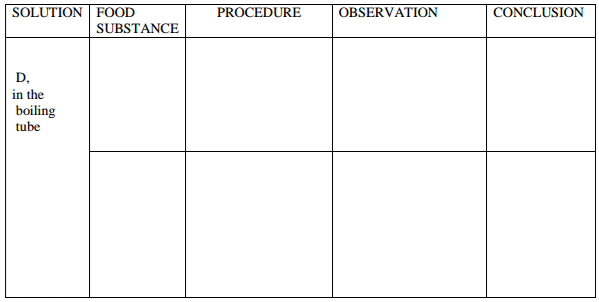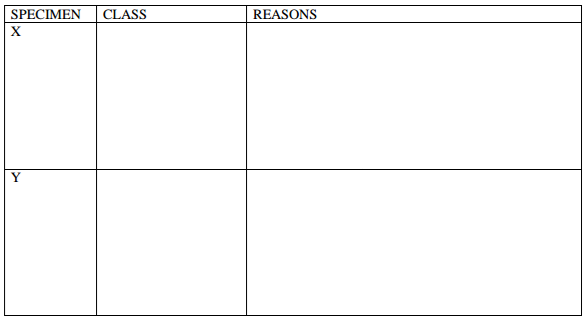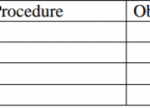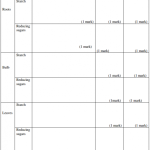KNEC KCSE Biology Paper 3 Question Paper / 2016 KCSE KAMDARA JET Examination
2016 KCSE KAMDARA JET Examination
Biology Paper 3
Below is a photograph of a fish. Examine it and answer the questions that follow.
a) List three observable features used to identify the class to which the organism shown
on the photograph belongs [3mks]
……………………………………………………………………………………..
…………………………………………………………………………………….
…………………………………………………………………………………….
b) The actual length of the pair of scissors next to the fish is 13 cm. Using this
information, calculate the actual length of the fish. (3 marks)
………………………………………………………………………………………………………
………………………………………………………………………………………………………
………………………………………………………………………………………………………
………………………………………………………………………………………………………
c) Name all the observable structures that prevent the following movements of fish during
swimming.
(2marks)
i) Yawing……………………………………………………………………………………………………………..
ii) Pitching…………………………………………………… …………………………………………………….
d) The photograph below shows structures visible after removing the part labeled P.
The inset labeled figure 2 (a) is a magnified view of one of the structures.
i) Name the part labeled (3 marks)
R……………………………………………………………………………………
S………………………………………………………………………………………
T………………………………………………………………………………………
ii) Explain how each of the parts named in (d) (i) above is adapted to its function. (3 marks)
………………………………………………………………………………………………………
………………………………………………………………………………………………………
.……………………………………………………………………………………………………
………………………………………………………………………………………………………
…………………………………………………………………………………………………….
……………………………………………………………………………………………………
14 marks
You are provided with a visking tubing and
Solution A
Solution B
Solution C
Solution D
Label solution A as Benedict’s solution using one of the blank labels provided.
Label solution B as Iodine solution using one of the blank labels provided. Measure 20 ml of
solution D and pour into the boiling tube provided.
Reserve the rest of solution D for use in the next procedure.
Carefully open the visking tubing provided.
Tightly tie one end of the visking tubing with one of the pieces of thread.
Measure 10 ml of solution C and pour into the visking tubing.
Tightly tie the second end of the visking tubing.
Reserve the rest of solution C for use in the next procedure.
Ensure there is no leakage at both ends.
Rinse the visking tubing with the tap water provided.
Completely immerse the visking tubing into the boiling tube containing solution D and leave for
30 minutes.
i) Using the reagents provided, test for food substances in solution C and D(using portions
of solution C and D reserved earlier.)
Record your work in the following table. [8mks]
ii) After 30 minutes carefully remove the visking tubing from inside the boiling tube.
Using the same reagents, test solution D in the boiling tube for food substances.
Record your work in the following table. [2mks]
iii) Account for the results obtained after carrying out the food tests on solution D before and
after immersing the visking tubing containing solution C and leaving it for 30 minutes. [2mks]
iv) Name the physiological process being investigated in the procedure above. [1mk]
14 marks
The diagram below illustrates photographs of plants undergoing a certain process. Study them
carefully and answer the questions that follow.
a) i) Name the process illustrated on the photograph. [1mk]
ii) State two differences in the way the process occurs as illustrated in X and in Y. [2mks]
b) i) State two roles of part C in the process illustrated above. [2mks]
ii) State two external factors that are necessary for the process above to take place. [2mks]
c) Name the parts labelled B and give its function
Name:……………………………………………………………………. [1mk]
Function……………………………………………………………………. [1mk]
d) Using observable features only, name the classes to which the specimen X and Y belong,
giving one reason in each case. [4mks]
13 marks











